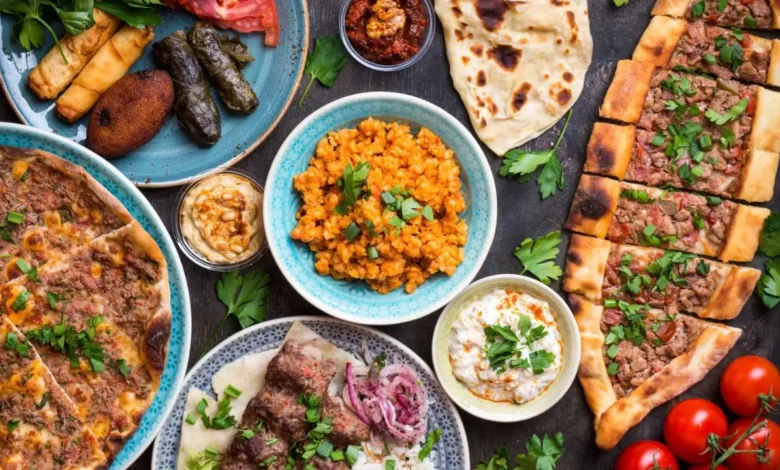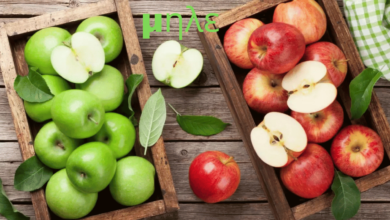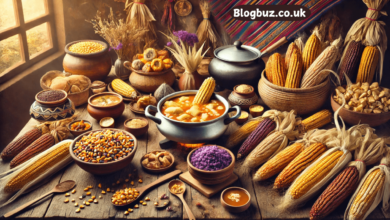Cevurı – The Forgotten Jewel of Turkish Heritage and Cuisine

In the vast and vibrant world of Turkish culture, few words carry as much linguistic and culinary depth as cevurı. While unfamiliar to many outside of Turkey, the word cevurı—often confused or interchanged with “çeviri” (meaning “translation”)—has multiple layers of meaning. It can refer to a variety of things, depending on the context, such as an antecedent-rich culinary dish, a dialectical variant, or an appearance in folk expressions in rural Anatolia. Today, we explore the many faces of cevurı, from its deep historical roots to its place on the modern plate. If you’re a cultural explorer, a food enthusiast, or simply someone seeking unique experiences beyond the tourist trail, this is one term you don’t want to overlook.
The Linguistic Origins of the Word Cevurı
The Confusion with Çeviri
The most common misunderstanding surrounding cevurı is its confusion with the Turkish word çeviri, which means translation. While similar in pronunciation, cevurı carries a different heritage. Linguists believe it may stem from Old Anatolian Turkish dialects, where vowels and consonants shift slightly depending on the region.
In older rural dialects, especially in Southeastern Anatolia, cevurı referred to:
- A gathering or mixing of ideas
- A reinterpretation of old stories or oral tales
- In some cases, even a rustic stew made from leftover vegetables and grains
This linguistic fluidity makes cevurı a symbol of oral tradition and survival, often passed down through word of mouth by grandmothers and village elders.
Cevurı as a Culinary Tradition – A Dish of the People
What Kind of Food is Cevurı?
Cevurı is also known regionally as a rustic Turkish stew—a simple but hearty dish made with what’s available. While not widely commercialized like kebabs or baklava, cevurı has been a comfort food staple for centuries in some Turkish households.
Common Ingredients in Cevurı:
- Onions
- Tomatoes
- Garlic
- Peppers (sweet or hot)
- Olive oil or animal fat
- Herbs like mint, oregano, and thyme
- Cooked with lentils, bulgur, or stale bread cubes
It’s typically cooked in a large clay pot or iron pan and slow-simmered to allow all the flavors to meld.
💡 Cevurı is not just a dish—it’s a reflection of resourcefulness, using whatever the land provides.
How to Make Traditional Cevurı – Simple Recipe
Here’s a traditional recipe you can try at home to experience this age-old dish:
Ingredients:
- 2 tbsp olive oil
- 1 onion (diced)
- 2 cloves garlic (minced)
- 2 tomatoes (peeled and chopped)
- 1 green pepper (chopped)
- 1 tsp red pepper flakes
- ½ cup cooked lentils or bulgur
- 1 tsp dried mint
- Salt and pepper to taste
- Optional: bread cubes, eggplant, or ground beef
Directions:
- Heat the olive oil in a large clay vessel or skillet.
- Sauté the onion and garlic until soft and golden.
- Add the tomatoes and green pepper, and cook until they are tender and mushy.
- Stir in lentils or bulgur and seasonings.
- Simmer for 15–20 minutes, adding water if necessary.
- Serve warm, accompanied by a side of fresh flatbread or yogurt.
This dish is vegan by default but can be easily adapted for meat-eaters. It’s incredibly filling, highly nutritious, and very affordable.
Cultural Significance of Cevurı
More Than Just Food
In many Turkish villages, especially in the southeastern provinces like Mardin, Siirt, and Diyarbakır, cevurı is often associated with:
- Winter gatherings
- Ramadan suhoor (pre-dawn meals)
- Family-style eating
It’s known as a “shared pot meal,” often prepared in large quantities and served directly from the cooking vessel with wooden spoons.
Cevurı is also sometimes part of wedding week traditions, where neighbors bring food to help the bride’s family host guests. It’s not about flair—it’s about community, generosity, and survival.
Health Benefits of Cevurı – Why Nutritionists Recommend It
The ingredients used in cevurı are high in fiber, antioxidants, and anti-inflammatory compounds.
Here’s a breakdown of why it’s good for you:
| Ingredient | Health Benefit |
|---|
| Onion & Garlic | Boost immunity, fight infection |
| Tomatoes | Rich in lycopene, good for heart health |
| Green Peppers | High in vitamin C and antioxidants |
| Bulgur | Whole grain, improves digestion |
| Olive Oil | Heart-healthy fat, lowers bad cholesterol |
The absence of processed ingredients makes it ideal for:
- Older adults
- Diabetics
- Those on a Mediterranean or anti-inflammatory diet
It’s the kind of low-GI, high-satiety meal that leaves you full without feeling heavy.
Modern Interpretations: Is Cevurı Making a Comeback?
Urban Revival in Turkish Restaurants
With the rise of slow food and farm-to-table movements, cevurı has started appearing on boutique restaurant menus in cities like Istanbul, Ankara, and Izmir—often renamed as “Anadolu Karışık Tava” (Anatolian mixed skillet).
Chefs are modernizing it by:
- Adding truffle oil or feta
- Serving it with toasted sourdough
- Using heirloom vegetables
- Plating it as a deconstructed appetizer
It’s proof that even the humblest village dishes can find a second life in urban fine dining.
Fun Facts You Didn’t Know About Cevurı
- In some Kurdish dialects, cevurı is pronounced “javıra” and means “whatever’s in the house stew.”
- It’s one of the few Turkish dishes traditionally cooked over animal dung fires in remote areas—giving it a unique smoky flavor.
- Some rural midwives prepared a high-calorie version of cevurı for women after childbirth for faster recovery.
Final Thoughts: Why the World Needs to Know About Cevurı
In a world obsessed with food trends, cevurı stands as a testament to simplicity, heritage, and community. Whether you discover it in a dusty cookbook, a grandmother’s story, or a small-town restaurant in rural Turkey, one thing is clear—it’s more than just stew.
It’s a reminder that the most powerful flavors are born not in celebrity kitchens but in humble homes, where time, love, and resilience prevail.
FAQS
Is cevurı the same as çeviri?
No. Çeviri means “translation” in modern Turkish, while cevurı has older, regional meanings—especially culinary and folkloric.
Where can I taste cevurı in Turkey?
Look for small-town eateries in Southeastern Turkey or ask locals for “ev yemeği” (home-style food). Some Istanbul restaurants offer it under different names.
Is cevurı vegetarian or vegan?
Yes, it’s usually vegan unless meat or dairy is added. You can easily make plant-based versions.
You May Also Read: Süberlig: The Quintessence of Turkish Culture and Culinary Excellence




